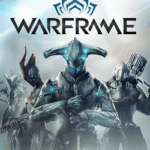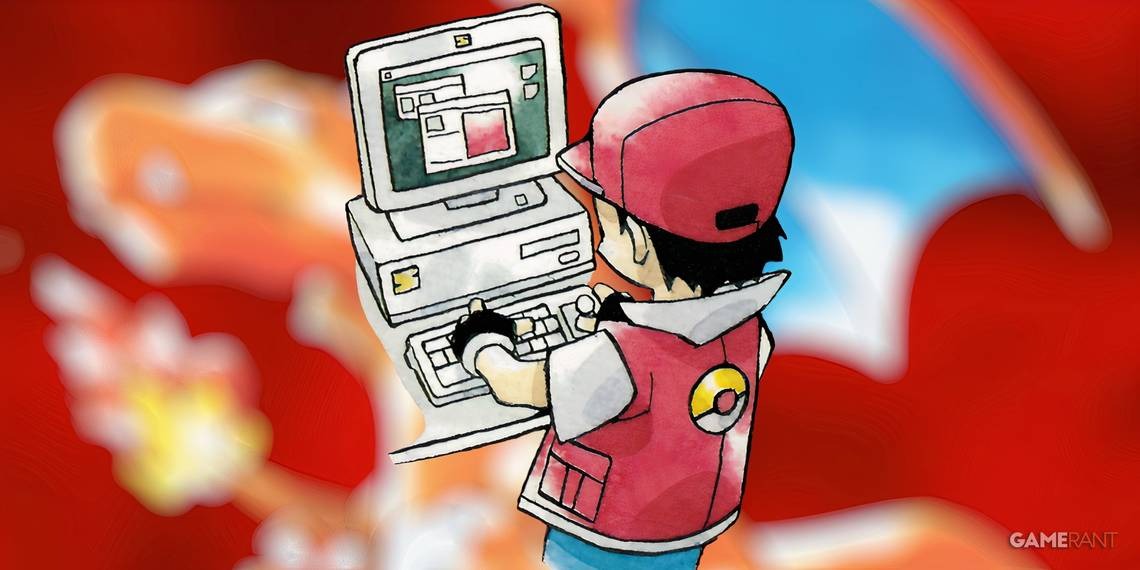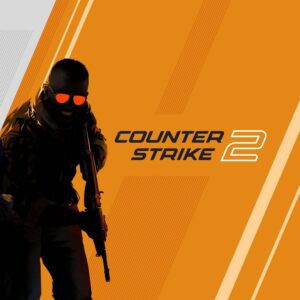Why AI Still Struggles to Beat Pokémon Red – A Classic Game That Outsmarts Modern Tech
Popular Now
 EA SPORT FC 25
EA SPORT FC 25
 Warframe
Warframe
 PUBG Mobile
PUBG Mobile
 FIFA 23
FIFA 23
 Black Myth: Wukong
Black Myth: Wukong
 Among Us
Among Us
 League of Legends
League of Legends
 Genshin Impact
Genshin Impact
 CarX Street
CarX Street
 NBA 2K24
NBA 2K24

Despite decades of technological advancements and breakthroughs in machine learning, artificial intelligence (AI) continues to struggle with one of the most iconic and seemingly simple video games of all time: Pokémon Red. The 1996 Game Boy classic, which launched the Pokémon franchise into global stardom, is proving to be far more complex for AI than many might expect.
The Challenge: Why Is Pokémon Red So Hard for AI?
You might assume that a game from the ’90s — especially one designed for children — would be an easy task for today’s advanced AI systems. But you’d be wrong.
Unlike modern games that often follow predictable mechanics or rely on rapid reflexes (areas where AI excels), Pokémon Red is deeply rooted in strategic decision-making, long-term planning, and unpredictable outcomes based on probability. Every battle requires careful management of resources, type advantages, status effects, and unpredictable enemy behavior.
This complexity exposes the limitations of many reinforcement learning algorithms, especially those that aren’t trained to handle uncertainty and delayed rewards over long sequences of gameplay.

Even Advanced AIs Are Making Basic Mistakes
In recent AI experiments, bots attempting to beat Pokémon Red have made laughably bad decisions: using ineffective moves repeatedly, wasting items, or getting stuck in loops with no progression. Some AI models can’t even grasp the concept of “catching them all” and focus solely on defeating trainers — missing the essence of the game entirely.
Even more refined models, like those trained with deep reinforcement learning or evolution-based strategies, have been shown to fail simple tasks like navigating routes, understanding gym mechanics, or recognizing when to switch Pokémon in battle.
These struggles highlight a critical point in AI research: intelligence isn’t just about speed or brute force, but about contextual awareness, adaptability, and foresight — all of which Pokémon Red quietly demands from its players.
Comparing AI Performance in Other Games
It’s worth noting that AI has dominated games like Chess, Go, Dota 2, and even Super Mario Bros., often outperforming human world champions. So why does Pokémon Red stand as such a formidable challenge?
The difference lies in the game structure. Games like Chess have a finite number of moves and perfect visibility, while Pokémon Red is a partially observable, turn-based RPG with hidden information and a huge variety of possible outcomes, especially in wild battles and item usage. Add in the sheer number of Pokémon combinations and move sets, and AI quickly gets overwhelmed.
What This Means for AI Development
The ongoing difficulty AI faces with Pokémon Red isn’t just a quirky headline — it’s a valuable lesson for researchers. Beating this game requires building systems that can handle uncertainty, long-term goals, and nuanced context — skills that are essential for real-world applications like self-driving cars, financial forecasting, or healthcare diagnostics.
As such, Pokémon Red is becoming an unexpected benchmark for testing general AI intelligence in open-ended, decision-heavy environments.









